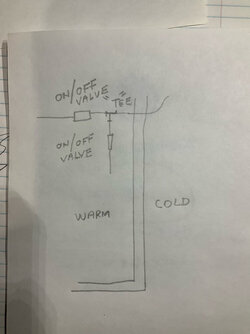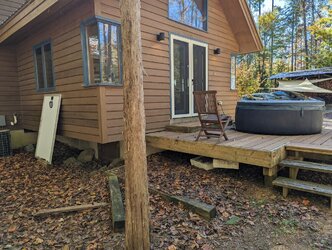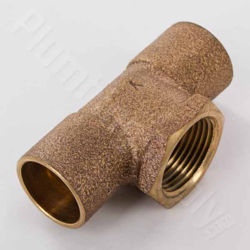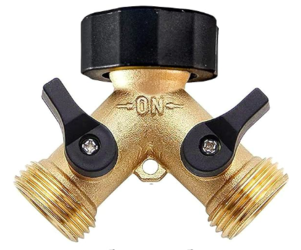I'd like to build a small outdoor shower. Here's where I'm at so far, and I'd appreciate folks' thoughts, criticisms, suggestions on my design ...
I'm thinking it would hang off the side of an existing deck, where we have a small hot tub, So four treated 4x4s, two lagged to the side of the deck (notched so the lag isn't carrying the load) and two supported by concrete bases (maybe the pre-cast ones). A floor of Trex (or similar) maybe 8-12" below the deck, so you step down into it, and the deck doesn't get all soapy. The sides with 4ft-high (3ft wide) pieces of roofing tin, so that would cover from about 1ft above the floor to high enough to cover ladies' naughty bits. One side swinging as a door. No roof.
It doesn't freeze much here, but some. I'd prefer not to have to de-commission the shower for the winter. I was thinking to plumb two frost-proof hose bibs into the foundation wall near the shower, one hot and one cold. Then short garden hoses leading from there to the mixing valve and shower head. I'd connect the hoses to the hose bibs with those Y-shaped fittings (that allow you to connect two hoses to one bib), and the other side of the Y would have nothing connected to it. When hard freeze is forthcoming, just open the shower valve, and turn on the flow to the non-connected side of the Y. All the water would drain out from the shower, and it'd also prevent the hose bibs from being backed up so they fail. Also, I could connect a hose to the unused side of the Y to fill the hot tub. I'd plumb the shower valve and shower head themselves with pex, so even if some water remained, it'd be unlikely to cause a failure.
I'm thinking it would hang off the side of an existing deck, where we have a small hot tub, So four treated 4x4s, two lagged to the side of the deck (notched so the lag isn't carrying the load) and two supported by concrete bases (maybe the pre-cast ones). A floor of Trex (or similar) maybe 8-12" below the deck, so you step down into it, and the deck doesn't get all soapy. The sides with 4ft-high (3ft wide) pieces of roofing tin, so that would cover from about 1ft above the floor to high enough to cover ladies' naughty bits. One side swinging as a door. No roof.
It doesn't freeze much here, but some. I'd prefer not to have to de-commission the shower for the winter. I was thinking to plumb two frost-proof hose bibs into the foundation wall near the shower, one hot and one cold. Then short garden hoses leading from there to the mixing valve and shower head. I'd connect the hoses to the hose bibs with those Y-shaped fittings (that allow you to connect two hoses to one bib), and the other side of the Y would have nothing connected to it. When hard freeze is forthcoming, just open the shower valve, and turn on the flow to the non-connected side of the Y. All the water would drain out from the shower, and it'd also prevent the hose bibs from being backed up so they fail. Also, I could connect a hose to the unused side of the Y to fill the hot tub. I'd plumb the shower valve and shower head themselves with pex, so even if some water remained, it'd be unlikely to cause a failure.





 OTOH, I think I'll make the sides out of those translucent ceiling panels (instead of metal), so should be pretty light in there even with a roof. Maybe I'll just design it so I can add a roof easily if I decide I want it.
OTOH, I think I'll make the sides out of those translucent ceiling panels (instead of metal), so should be pretty light in there even with a roof. Maybe I'll just design it so I can add a roof easily if I decide I want it.
